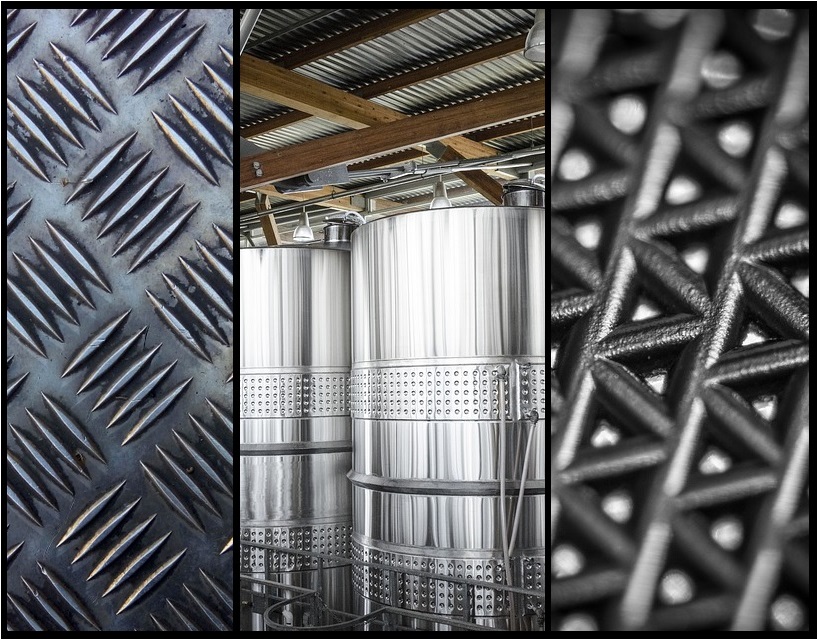The 5 Grades of Stainless Steel
To most people, stainless steel probably sounds like an all-encompassing term. Stainless steel is simply stainless steel, right? Not quite. In fact, there are actually more than 250 different types of stainless steel, all of which can be placed into one of five categories.
Here we’ll explore those five categories and which stainless steel characteristics can be attributed to them:
Ferritic
Ferritic grades are among the most corrosion resistant materials in the stainless steel family. Their high chromium content contributes to their ability to resist corrosion, oxidation, and stress corrosion cracking. In fact, these steels, which are part of the 400 series, are often used for applications where durability and corrosion resistance are an absolute necessity. For example, you’ll find that ferritic steel is used to make decorative trim, sinks, and automotive applications such as exhaust systems.
Ferritic grades of stainless steel are magnetic and can be cold worked and softened by annealing. They cannot, however, be hardened by heat treatment.
Austenitic
Due to its strength and versatility, austenitic stainless steel is used for a large portion of stainless steel applications (think kitchen appliances!). This non-magnetic grade is widely referred to as the 200 and 300 series of stainless steel, some of which we offer here at Monarch.
Since austenitic grades have a high chromium and nickel content, they are considered the most durable and corrosion resistant among the stainless steels. One thing to keep in mind about austenitic steels is that they cannot be hardened by heat treatment. However, they can be hardened by cold hardening.
Martensitic
Martensitic grades are essentially the same as ferritic steels, so they are also part of the 400 series and exhibit high resistance to corrosion and oxidation. The main difference between the two is that, unlike ferritic grades, martensitic grades can withstand high enough temperatures to be hardened by heat treatment. Ferritic grades cannot.
Typically, martensitic grades are used in applications where hardness, strength, and resistance are required, such as in cutlery and multipurpose tools.
Duplex
As the name might imply, duplex stainless steels have a two-phase microstructure that’s comprised of both ferritic and austenitic grains. In comparison to ferritic and austenitic steels, duplex is twice as strong. But that double power does not translate across the board.
As a matter of fact, when it comes to toughness and ductility, austenitic steels fare much better. And the range of corrosion resistance in duplex steels more or less matches that of its austenitic parent.
Precipitation Hardening
Precipitation hardening stainless steel can typically be split up into two categories: martensitic and semi-austenitic. This type of stainless steel combines high strength and hardness with corrosion resistance to create a stainless steel that is superior to that of martensitic chromium grades.
In comparison to other grades, precipitation hardening stainless steels are relatively easy to work with. Not only do they display excellent machining and forming characteristics, but they can also be strengthened and hardened by heat treatment.
While these are the main stainless steel grades, a sixth category–called Superalloys–also exists. Due to their very high nickel, chromium, and molybdenum content, Superalloys are much stronger and more durable than the other steels mentioned here. As such, they come at a hefty price and are extremely difficult to find.

